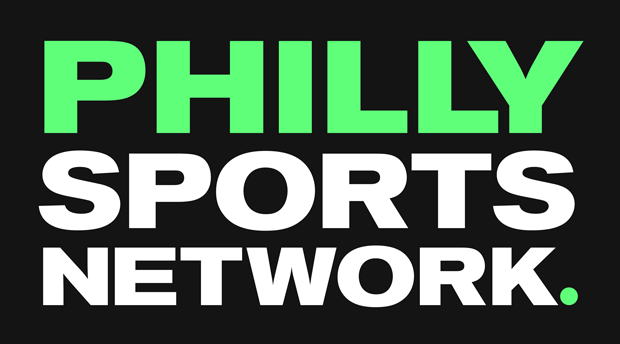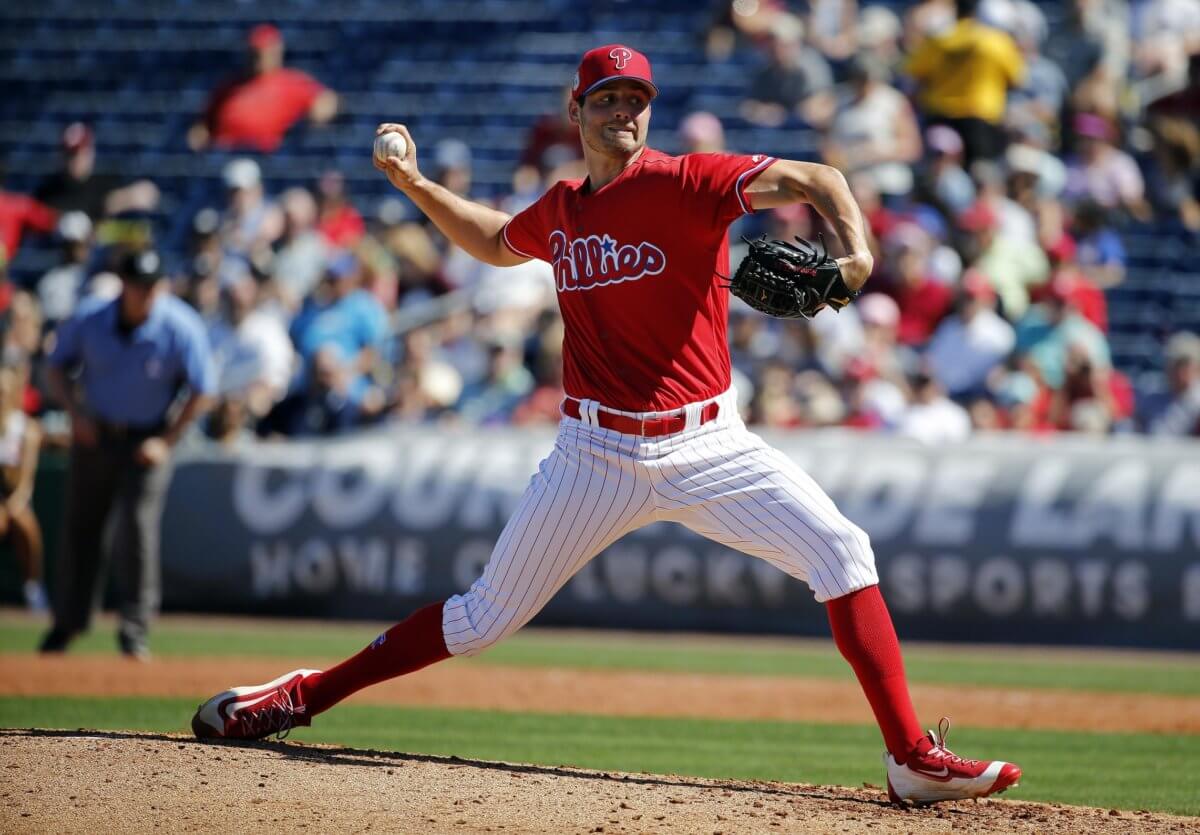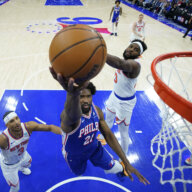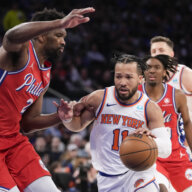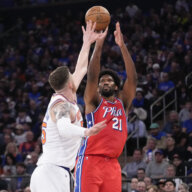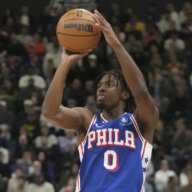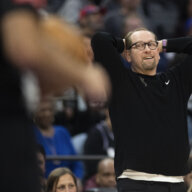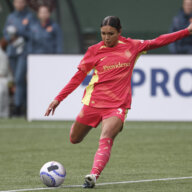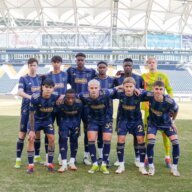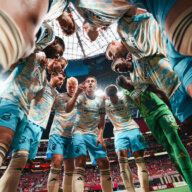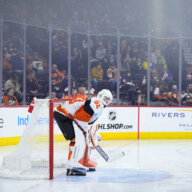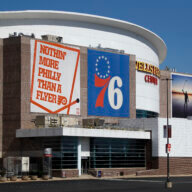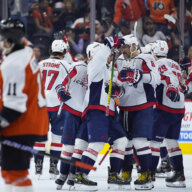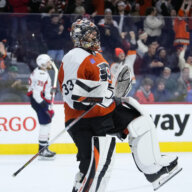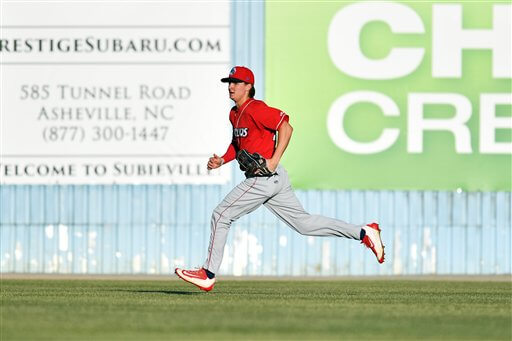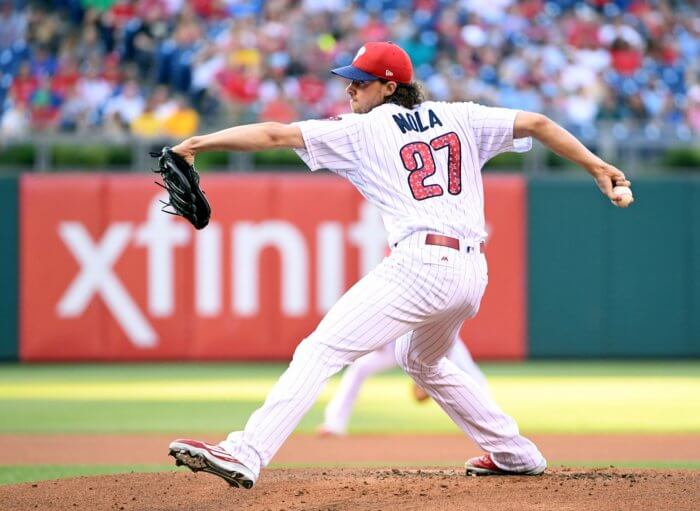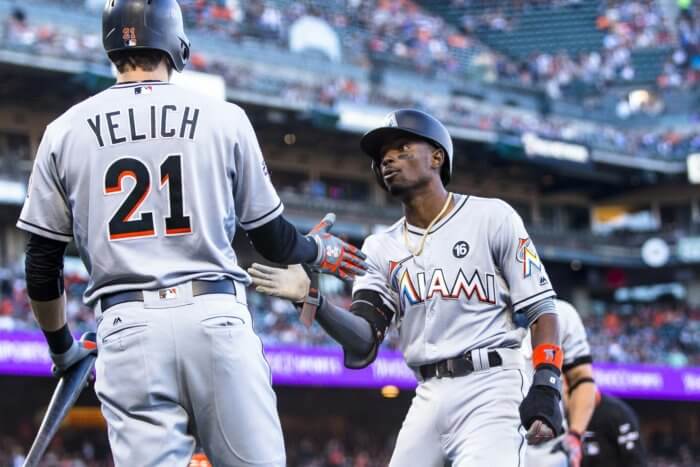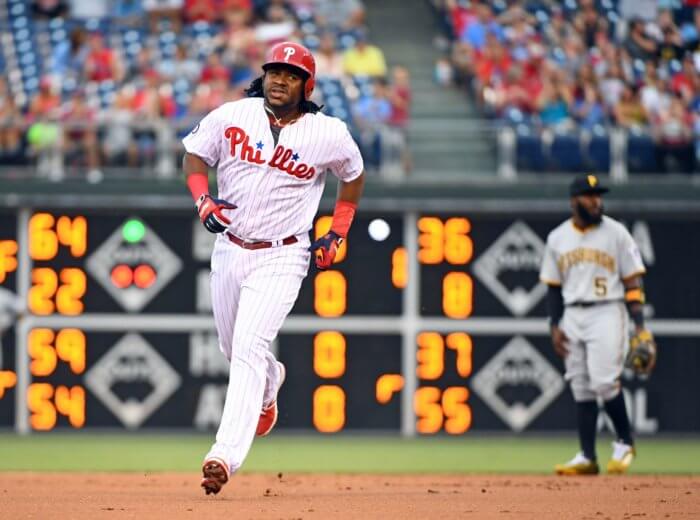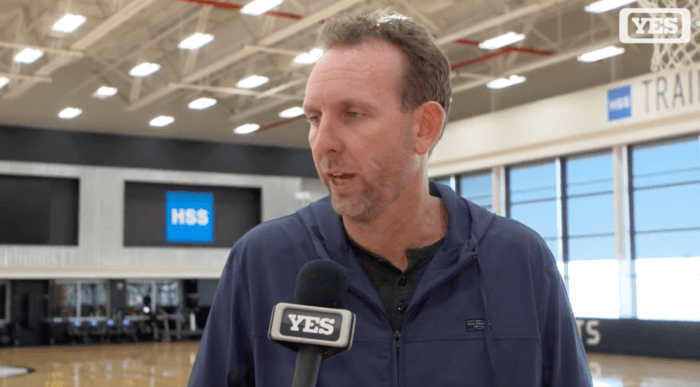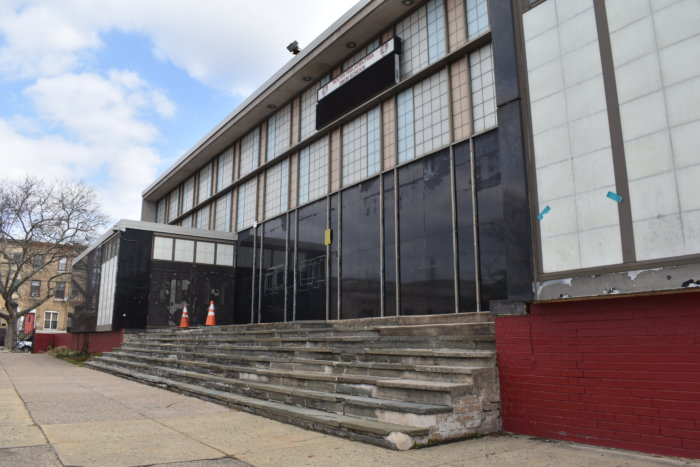Over the past several years, the Phillies have used high draft picks and significant trades to help bolster their once weak farm system. While it is undeniable that the front office has been successful in gearing up for a youth movement for the team, it certainly has not been perfect. Drafting and evaluating talent is a fickle science, and it is not unusual to see a few prospects go through tough seasons that devalue their stock, whether it be minor or significant. This season, while the Phillies organization has had plenty of bright spots throughout the system, there have also been a few concerns. Below are five players who either lost value as a prospect or truly showed they have no future in the Phillies organization.
OF Mickey Moniak
The former 1st overall pick of the 2016 draft had high expectations coming into this season. He was mildly impressive in his first professional season, hitting .284/.340/.409 at the rookie level in 46 games. While his power numbers left much to be desired, the Encinitas, California native did enough to start this season in Lakewood with the Phillies Single-A Affiliate. Moniak did okay early, hitting .271 the first three months of the season. However, the centerfielder faded quickly, hitting just .186 since. This is somewhat expected due to a couple variables. First of all, Moniak is only 19 in a league whose average age is 22, and he did not face a single pitcher who was older than him. Secondly, this was Moniak’s first full season, so he naturally ran out of fumes as the season grew longer. Despite this, however, there are still a couple reasons to be concerned. First of all, Mickey Moniak was the 1st overall pick of last years draft. While it would the be unfair to expect him to put up Bryce Harper-like numbers, it’s still reasonable to hope for competent numbers for someone the Phillies took so highly. Another concern is Moniak’s inability to hit lefties. In 58 games, Moniak hit only .179 against lefties. In order to continue to move through the Phillies system, Moniak must start to hit left-handed pitching so he can play every day. It certainly was not an encouraging year for Moniak, and expect him to resume his role in centerfield with the Blue Claws again next year.
SP’s Jake Thompson and Mark Appel
These two right-handers slide continued this season, as what once were supposed to be the best pitching prospects in the Phillies system have lost control of their pitches and are no longer viewed as pieces that will contribute to the future of the team. Their respective downfalls did not come out of nowhere but were both disappointing considering the way in which they came to Philly. Thompson was a major piece in the haul the Phillies brought back in the Hamels trade of 2015, and has been the only piece of the trade that has been a major disappointment. In 29 games for Lehigh Valley, the 23 year old 6-15 with a 5.11 ERA. Most alarming is the 166 hits and 59 walks in only 144.1 innings, good for a terrible WHIP of 1.552. Thompson’s secondary pitches, his slider especially, used to be his most promising, but he seems to have lost control of them this season. While Thompson may stick around the next couple seasons, he no longer appears to be part of the bright future for the Phillies.
Appel, the former number one overall pick in the 2013 MLB draft, is not the only disappointment from the Ken Giles trade that happened in the 2015 offseason, but he is the most significant one. When the trade was originally reported, it was outfielder Derek Fisher, not Appel, who was in the trade. The Phillies opted to swap Fisher for Appel so they could have insurance for Vince Velasquez, who was also acquired in the deal. Just a year and a half later, Fisher is in the majors for the Astros after a very productive year in AAA and Appel has moved to the bullpen after struggling over the past two seasons. In 17 games, Appel had an ERA of 5.27 and a record of 5-4. Like Thompson, the most concerning aspect of Appel’s year was his high amount of baserunners per inning, as Appel had a WHIP of 1.756. Unfortunately, Thompson and Appel, two once highly touted prospects, now appear to have no future in the Phillies organization.
OF Dylan Cozens
In 2016, whenever Rhys Hoskins’ name was mentioned, it was usually in the same breath as Cozens. While Hoskins had 38 home runs and 116 RBIs, Cozens had 40 and 125 and held other respectable metrics, with a .271 batting average and a .941 OPS. Both clearly had excellent seasons in Reading, and both were subsequently called up to start the 2017 season in AAA Lehigh Valley. Hoskins was very productive in AAA, keeping a high average and good power numbers that led to him getting called up to the big leagues last month. However, while Hoskins was able to make the adjustments necessary to hit AAA pitching, Cozens struggled. Cozens still had respectable power numbers with 27 home runs and 75 RBI’s, but with a .210 average, a .719 OPS, and 194 strikeouts, the young outfielder left much to be desired. Cozens has always had a swing and miss problem (he struck out 186 times in 2016), but his relative unproductiveness even when making contact coupled with all the strikeouts is a recipe for a player that is not of MLB caliber. Given the Phillies crowded outfield situation and Cozens continued struggles, it’s hard to imagine a situation where he forces himself into a starting role.
OF Roman Quinn
At one point in May, a majority of the Phillies community was fighting for the young speedster Quinn to be called up to replace Michael Saunders. Unfortunately, Quinn was never called up and was injured with an elbow injury that, coupled with a hamstring strain in August, kept him on the DL the entire season. Quinn has shown promise to at least be a reliable 4th outfielder and situational pinch-runner, but has not been able to stay healthy. When he was healthy, the 23 year old hit .263 with 5 stolen bases in 15 games with 4 doubles. Though it may not have been a disappointment for Quinn in terms of production when on the field, it was concerning to spend yet another significant chunk of time unable to play due to injury. Quinn may still have a future with the team, but given his injury history, its hard to imagine it being more than a role as a fourth outfielder.
Mandatory Credit: Kim Klement-USA TODAY Sports
